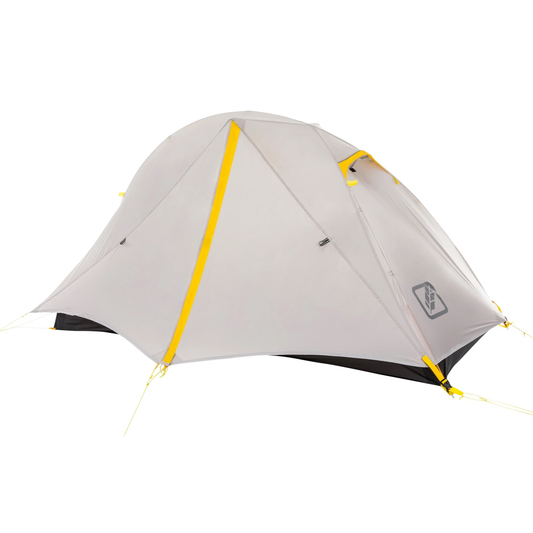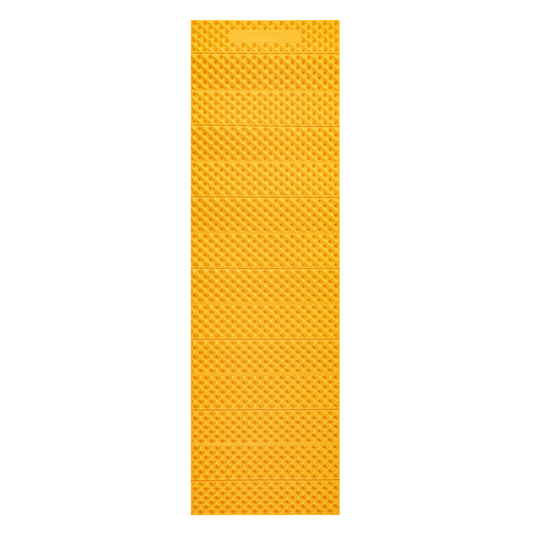
(Source: DenaliNPS)
As spring comes and the days become longer into the evening, hikers are ready to go back on the trails. As the miles add up in the early season, though, that enthusiasm can turn into overuse injuries, cutting hikers' seasons short just as they're getting started. Keep leg and foot problems at bay with these simple exercises, and the miles will be pain-free and enjoyable.
Note: Some types of pain should not be addressed at home. See a doctor if you have severe pain, persistent discomfort, numbness, tingling, or swelling that you can't explain. These could be signs of a bigger problem. Consult a doctor if you're unsure.
Feet
Our feet aren't something we think about during the off-season, yet they can become weak. If you hit the trail without first warming up your muscles, you risk straining them. The massage, twist, and stretch technique, especially if you have plantar fasciitis, is an effective way to handle tight and weary feet. Perform each of these three exercises for 20 seconds on each foot from a comfortable seated position.To begin, apply gentle pressure to the whole sole of the foot using your fingertips and knuckles. The goal is to offer the soles, toes, and heels a relaxing massage. Don't forget to pay attention to the areas near your toes and around your heel bone, which are often disregarded.
Then, on either side of your foot, softly twist your palms, focusing on the sole. Pull the right side up while pushing the left side down. Then press the right side down while dragging the left side up. Repeat the twisting motion from the toes to the heel.
At the end of the sequence, stretch for 20 seconds. Begin by bringing the toes back to stretch the bottom of the foot. To stretch the top of your foot, curl your toes inwards. For a more thorough stretch, repeat the same steps for the big toe separately from the other toes.
Calves
Knee pain, as well as heel and foot issues like plantar fasciitis, can be caused by tight calf muscles. A trekking pole can be used as a massage tool to help relax tight calf muscles.For 3 to 5 minutes per leg, apply firm yet comfortable pressure on your calf. From about 6 inches above the ankle to the knee, glide the trekking pole horizontally along the calf. You should concentrate on the inside and outside of your lower leg, as well as the thicker upper portion of your calf around the knee. Repeat this massage three times on each side, followed by a 20-second calf stretch.
Shins
Too many big miles early in the season could exacerbate the tibialis anterior, a large shin muscle. This muscle controls the return of the foot to the ground once the heel makes contact with the ground and lifts the toes to avoid tripping. This muscle can become inflamed if it is overworked, resulting in lower leg pain and shin splints. To relieve pain, grab a trekking pole and massage your shin muscle. It's the same gliding technique you used on the calf, but with a firmer, more comfortable pressure this time. Move horizontally along the outside of the shin bone from below the knee to above the ankle. Provide consistent pressure as you move the trekking pole along the belly of the tibialis anterior muscle.To stretch the shin muscle, kneel on the ground and sit on your heels with your feet directed straight behind you. At first, sitting on a yoga block or bolster, such as a rolled-up jacket, may make this stretch easier. Do this stretch for 20 seconds, then three times more.




